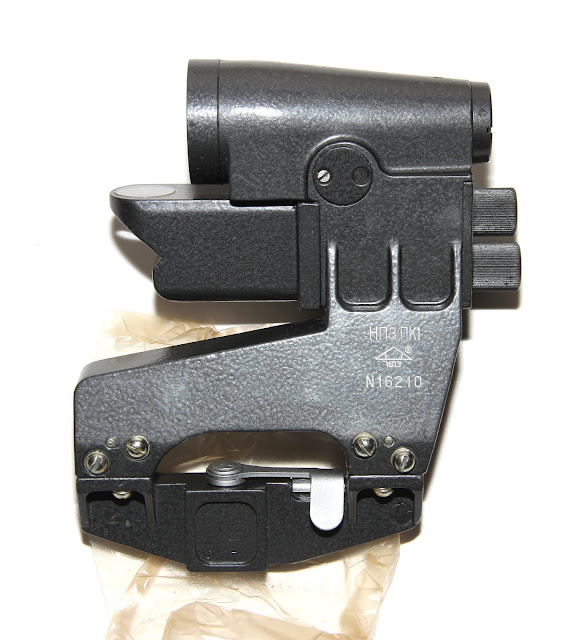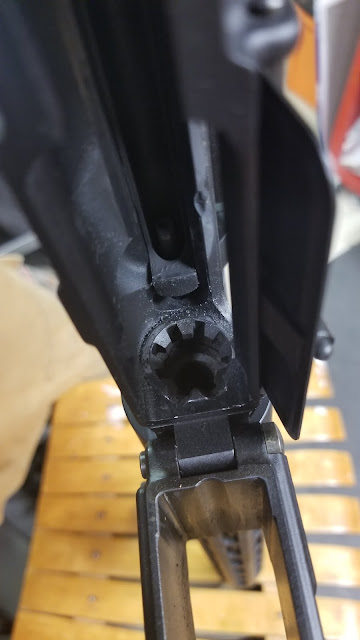AK Optics Options
Introduction:
When the AK rifle was first introduced, there was no need to mount an optic on it. The rifle was designed to be cheap, simple, and able to be distributed in large numbers. As the decades went on, and Russia's army turned from a peasant army into a professional army, force multipliers like optics have become much more of a necessity. The problem the Russians found though was that they couldn't put anything right on top of the rifle because of the dust cover. This led to the development of the side-rail mount. Since this, there have been a multitude of different options for mounting optics. There are now products for pretty much everything on the top of the rifle to allow for mounting optics, including dust covers, gas tube mounts, and rear sight block mounts. These, along with the side rail mount all have their advantages and disadvantages. I'll try to give a brief overview of each, so hopefully you learn something.
Details:
We'll start with the optics mounting solution that was designed by the Russians, the side-rail mount. Sometimes called the "Warsaw Pact Rail", this dovetail mount was designed in the mid 50's for limited use with early nightvision optics. The rail concept really took off with the development of the SVD Dragunov. It provides a quick way of mounting optics, with the ability to return to a consistent zero. All a user has to do is slide the sight on, and use the lever on the mount to lock it down.
 |
| Source: https://zenphotos.net/file/Online/SVD/RAKURZ/SGL31-61_RakurzLeft.JPG |
 |
| https://cms.sofrep.com/wp-content/uploads/2017/07/ak-12.jpg |
 |
| Source: https://cdn0.thetruthaboutguns.com/wp-content/uploads/2016/08/IMG_2619.jpg |
One semi-permanent mounting solution utilizes the rear sight block. There aren't many manufacturers of this style of mount, but they all work generally the same way. The rear sight gets replaces with the mount itself, either dedicated to a certain optic or a small section of rail. Because this is where the rear sight is mounted normally, it provides a sturdy platform for mounting optics. Theoretically, optics should not lose zero any more than a rear sight would. The downside to this is how limited it is. Unless a small section of rail is mounted, the mount itself is designed for a particular sight or style of sight, for example, a micro Aimpoint. I chose this for my rifle because I wanted a mounting solution for a red dot that would not have a high height-over-bore. A red dot is sufficient for my use of the rifle, so I don't have any issues.
 |
| Source: http://ultimak.com/gallery/img07.jpg |
Conclusion:
The AK has been evolved and iterated to remain combat effective into the 21st century. Innovations in providing solid optics mounting solutions have allowed AK users to remain on par with users of other platforms such as the AR. I think it is interesting to see the different solutions in use throughout the world. One can find examples of most options in use by AK users from Ukraine to Iraq, with some very interesting customization's coming out of the Middle East in general. It jsut goes to show that an optic is truly a force multiplier, and it is worth the effort to fins a way to be able to use it effectively.



Comments
Post a Comment